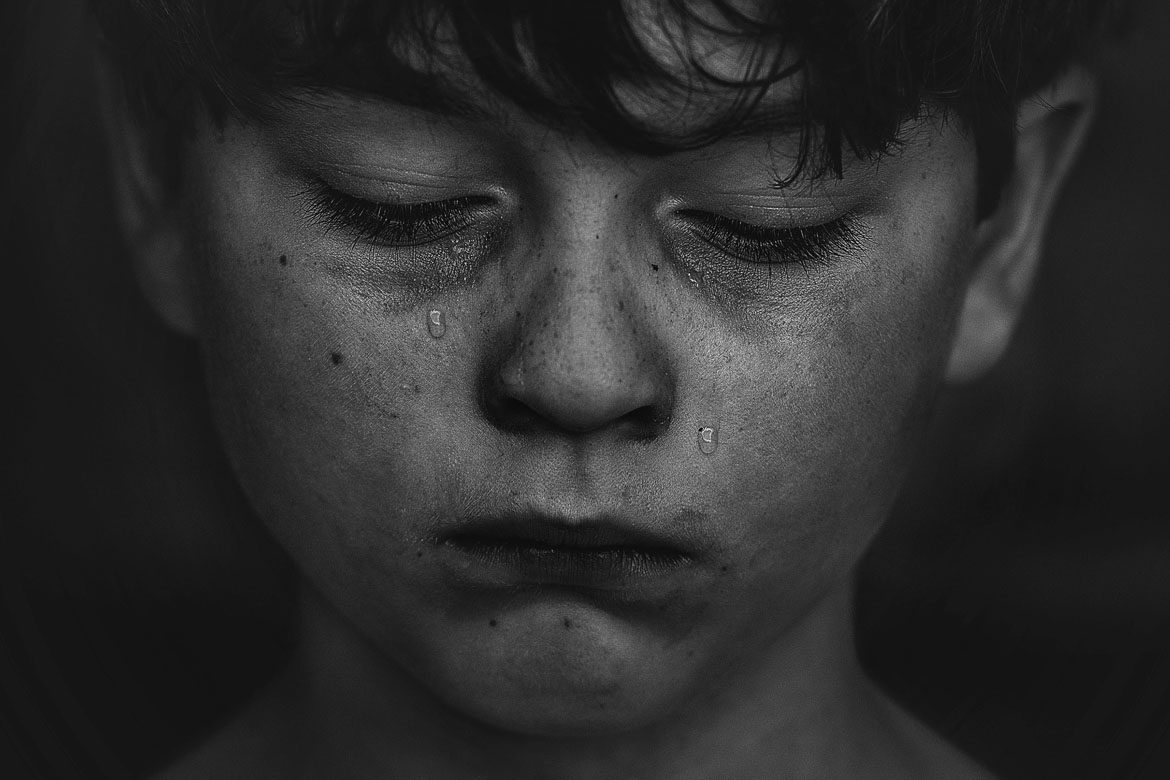By Kathryn Trudeau
I’m not so far removed from reality to think that I am a perfect parent. I know that I am not, but I try my hardest to parent in a loving way that fosters a creative, safe, and warm environment. One of the most powerful tools to make or break a peaceful home is words. Oh, the power of words.
I know that the words “don’t cry” can be emotionally damaging to children. Yet, one night, as my patience became totally depleted, I found myself uttering these words without much empathy. My preschooler was upset about something I deemed trivial. “Don’t cry” flew out of my mouth.
“Big boys cry too!” He wisely spoke through his tears. Yes, my boy. Boys do cry, and they should. (Please note: I really do mean crying… not whining. Nobody wants a whiner in their house.) Once again, we can turn to science to shed light on an often-feminized topic; crying, as it turns out, is more than just a manipulative tool to get our way.
The Health Benefits of Crying
Emotional crying (as opposed to tears from the wind or from cutting onions) provides a healthy way for the body to process intense stress and/or emotions. Researchers have discovered that the chemical makeup of these tears are different from non-emotional tears.
Emotional tears actually contain:
- Stress hormones (one of which is cortisol)
- Prolactin
- Natural painkiller (leucine encephalin)
- Manganese, which is a natural mood regulator
This chemical makeup of real tears is exactly why you feel better after a good cry. As the stress hormone leaves the body, the mental attitude frequently improves, and the crier feels relieved. When we tell boys not to cry, we are cutting off a healthy way for them to process emotions. As the stress hormones build up without release, it sets the stage for rage, anger, and depression.
Telling boys not to cry furthers the gender stereotypes.
Man up. Don’t cry like a girl. Don’t be a sissy. Only girls cry. Only babies cry.
The research behind the chemical makeup of tears points out that emotional tears carry stress hormones out of the body – whether that body is male or female. That means that crying is not inherently a trait of femaleness; crying is within human nature.
When we tell boys not to cry, it does two things:
- It forces boys into a stereotype that forces a separation of all emotion from manhood.
- It makes any girl who cries inferior.
But crying isn’t just for girls. It’s for humans; it’s a safety valve to help us process emotions before we reach the critical point. Teach your sons to cry; teach them to process their emotions. Heck, just teach them about emotions. Teach your daughters empathy, to console a crying boy, to never mock a boy (or man) who cries.











